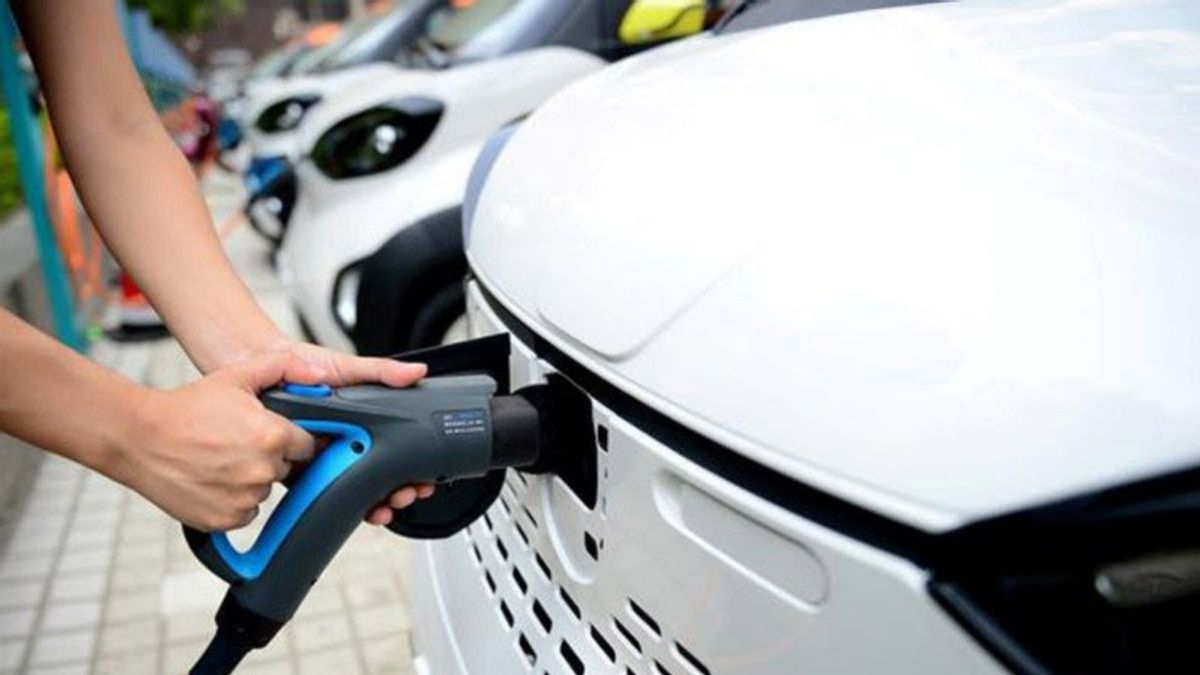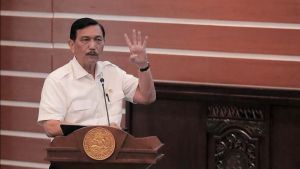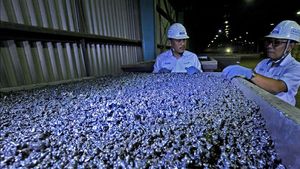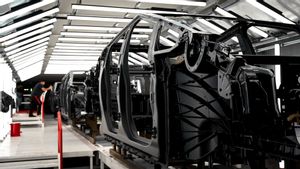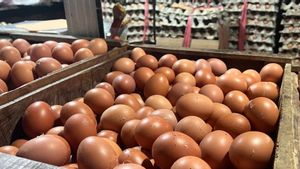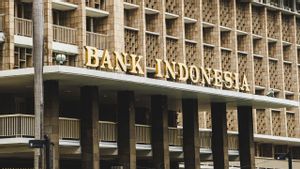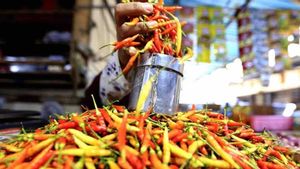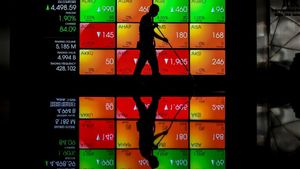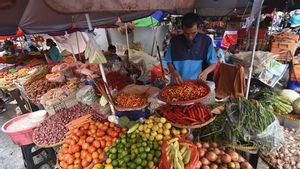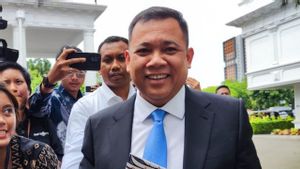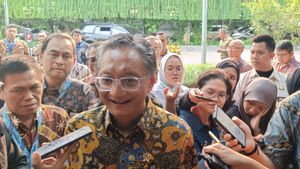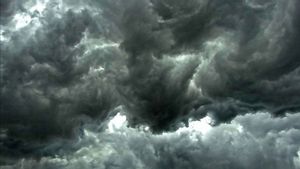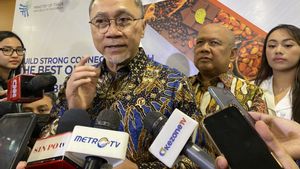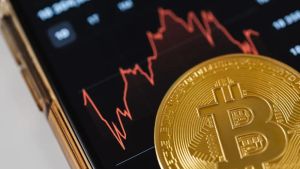JAKARTA - Deputy for Investment and Mining Coordination of the Coordinating Ministry for Maritime Affairs and Investment (Kemenko Marves) Septian Hario Seto dismissed the assumption that the government chose the wrong strategy in investing in electric vehicle batteries.
He said that nickel and lithium-based electric vehicle batteries have the same potential for development and investment.
"Actually, we are not in the dichotomy of nickel batteries or lithium batteries. So both of us have the potential to develop," said Septian Hario Seto as quoted by ANTARA, Thursday, October 10.
He stated that nickel-based electric vehicle (NMC) batteries or Nickel Manganese Cobalt (NMC), and electric vehicle batteries based on lithium or Lithium Ferro Phosphate (LFP) will both be accepted and remain on the market.
nickel-based electric batteries are in great demand in the European and American markets, while lithium-based electric batteries are widely used in Asia.
Septian added, Indonesia now has almost complete electric battery production resources and facilities.
Currently, he continued, the lithium refinery facility (lithium refinery) to produce lithium hydroxide is being built in Morowali, Central Sulawesi, and a copper foil plant (copper foil) is also being built in Gresik, East Java.
In addition, an anode material factory for lithium batteries was just inaugurated by President Joko Widodo (Jokowi) in Kendal, Central Java, last August.
"This is only (factories for) aluminum foils, electrolytes, and separators that we are trying to attract their investments to enter. But, this means that it's actually not far away for us to have one very competitive electric battery industry ecosystem," he said again.
Seeing the progress of this development, Septian admitted, the world's largest lithium battery ecosystem, apart from China, is now in Indonesia.
SEE ALSO:
Masih kata Septian, kapasitas produksi bahan anode yang dapat digunakan baik untuk baterai berbasis nikel maupun baterai berbasis lithium mencapai 80.000 ton per tahun di Indonesia, dan akan menjadi dua lipat pada awal 2025.
Meanwhile, the production capacity of anodes in Japan only reaches 10,000 tons, while South Korea is 40,000 tons.
"So, yes, we have to see what the market trend is, and what we have. So if you say we have a bit of a wrong trend, misinvestment, then (worrying trends) where the world turns (to change), no," he said.
The English, Chinese, Japanese, Arabic, and French versions are automatically generated by the AI. So there may still be inaccuracies in translating, please always see Indonesian as our main language. (system supported by DigitalSiber.id)
